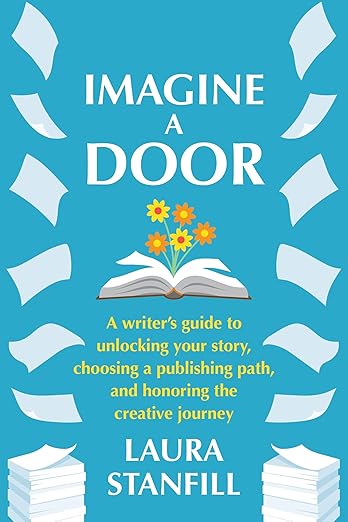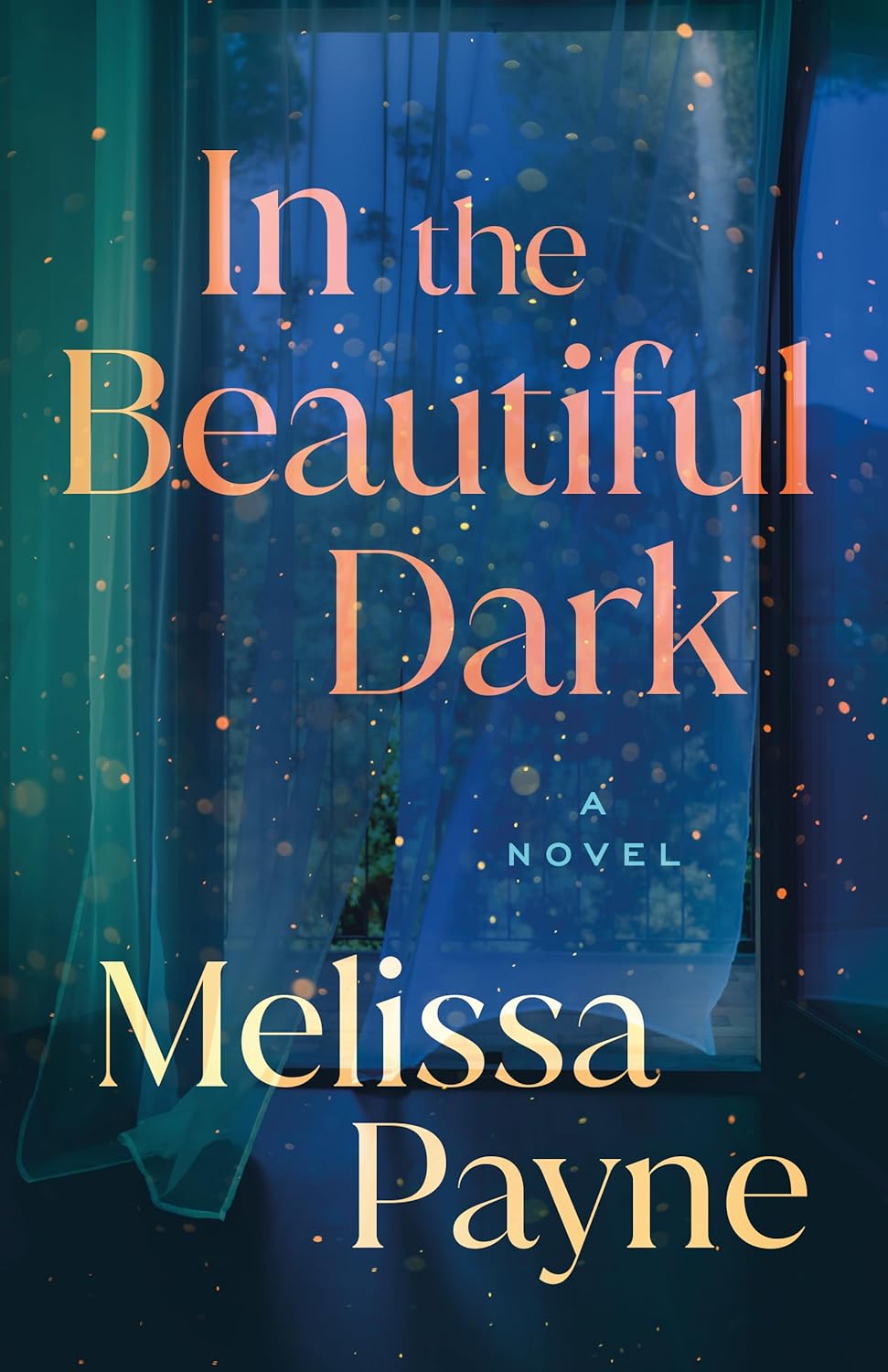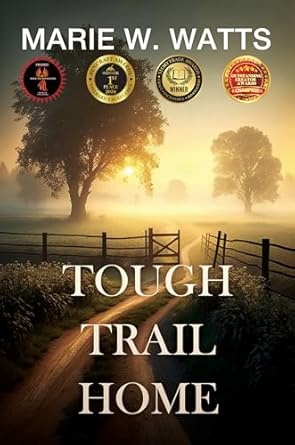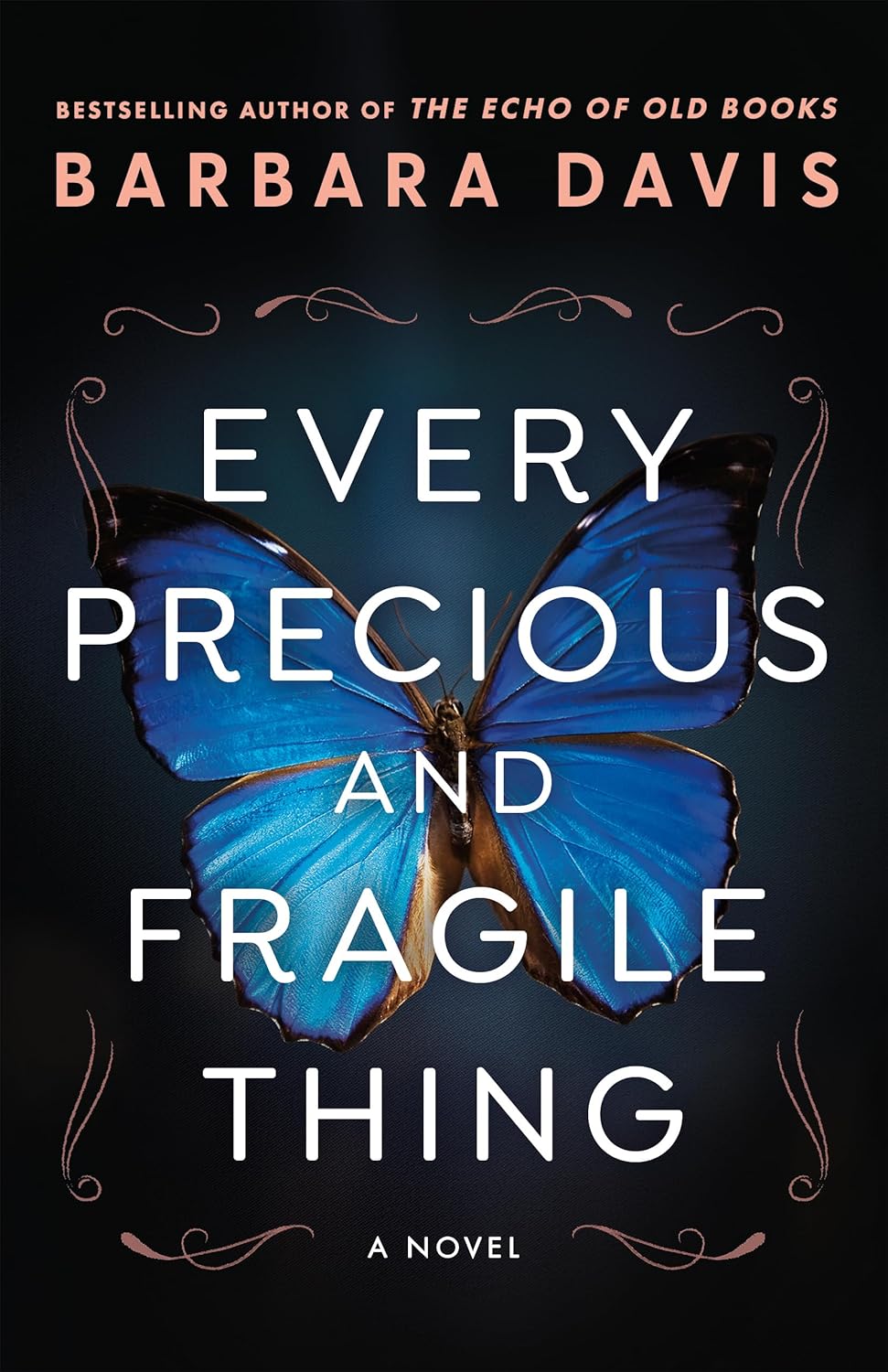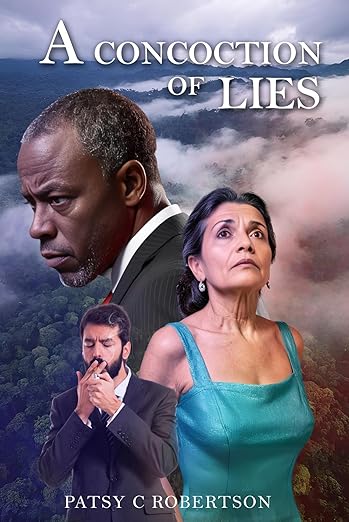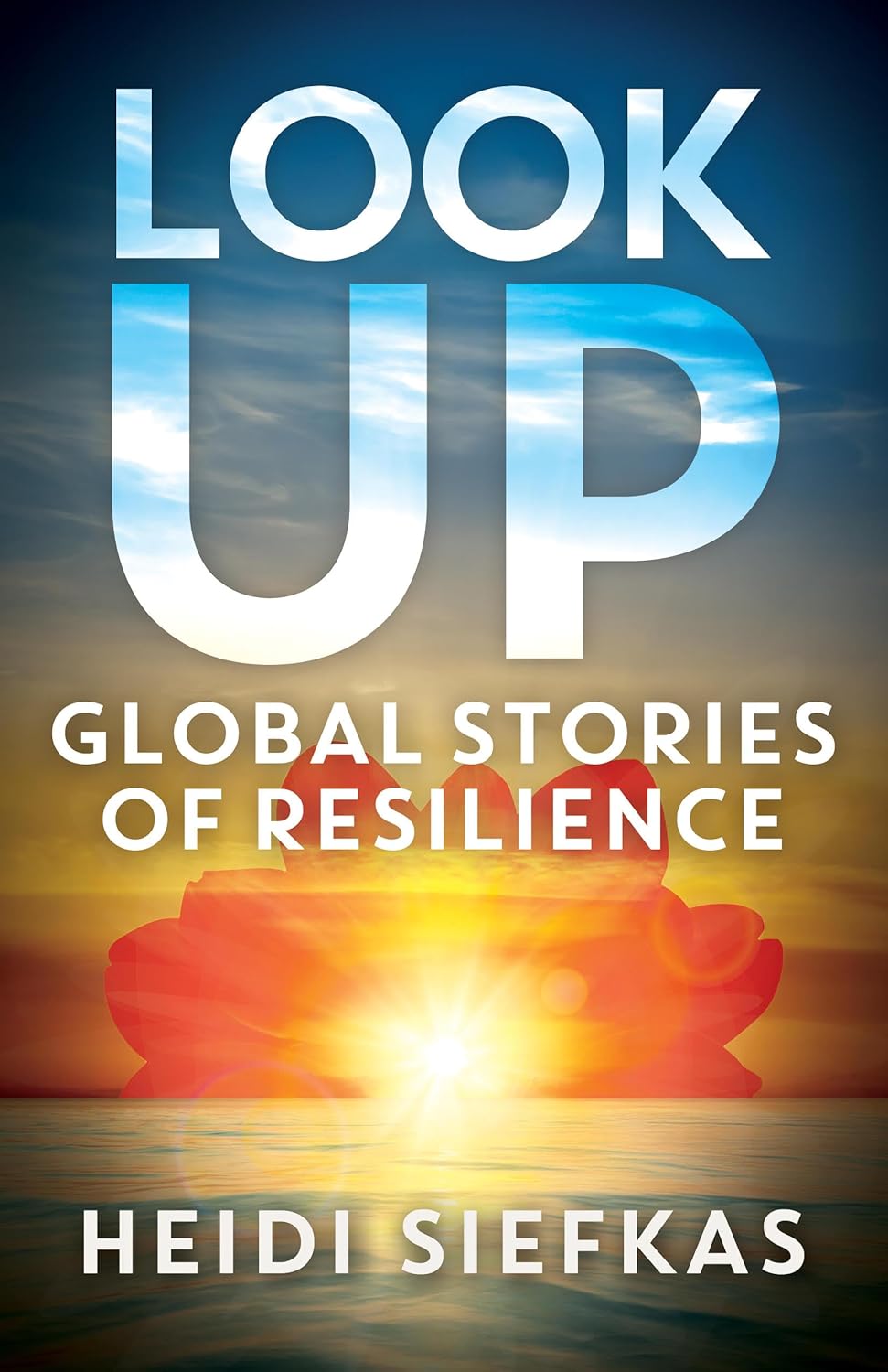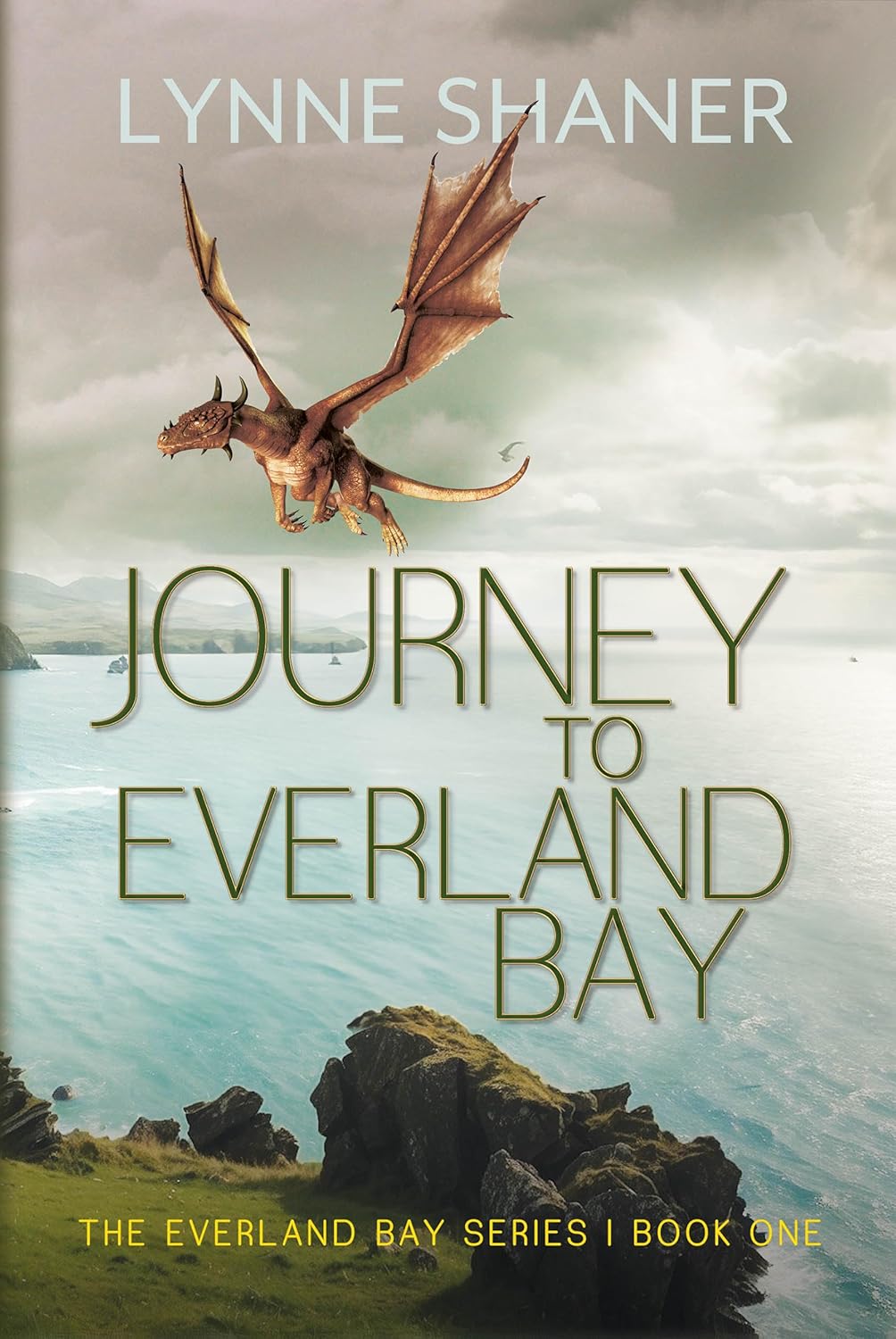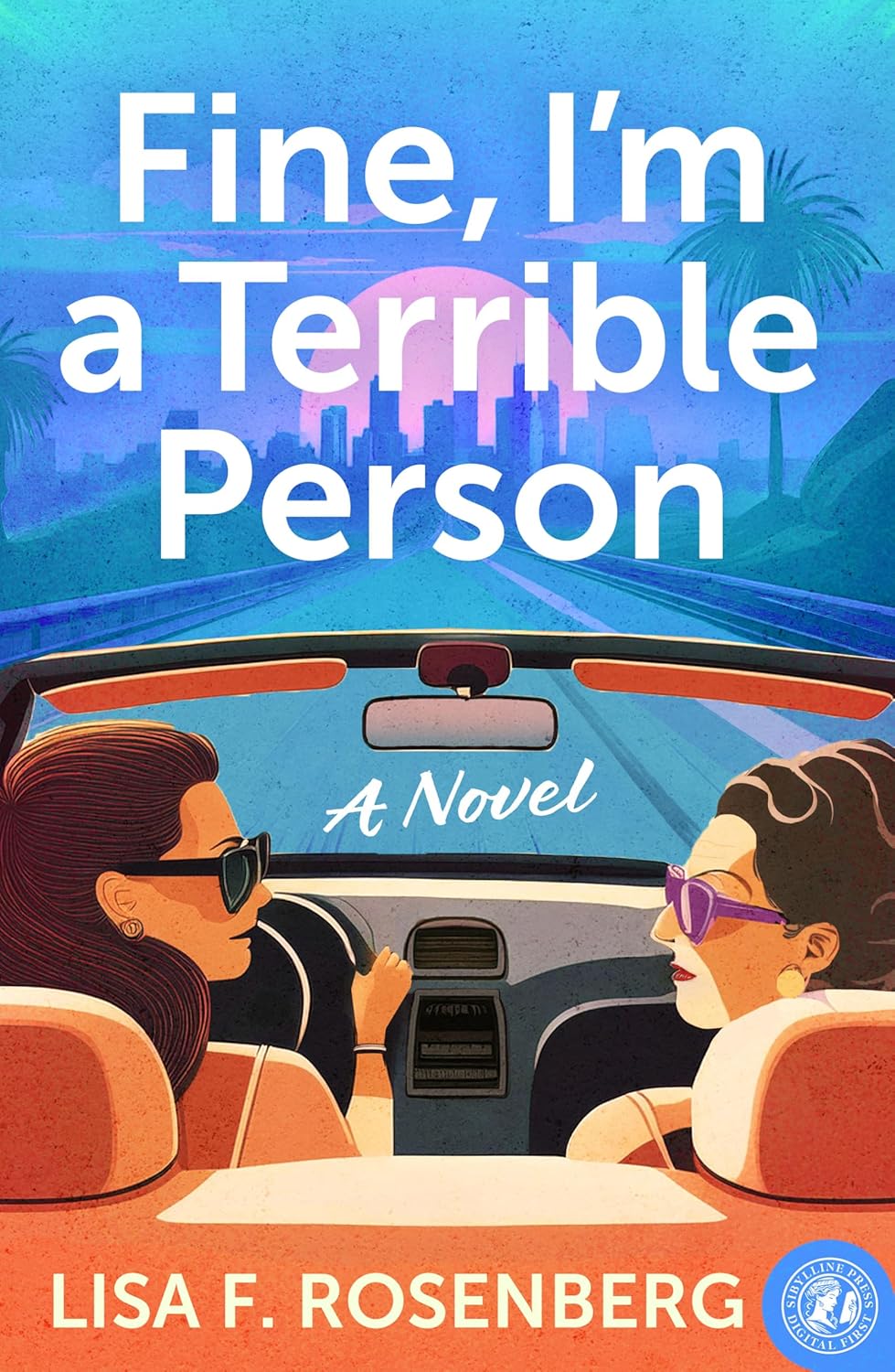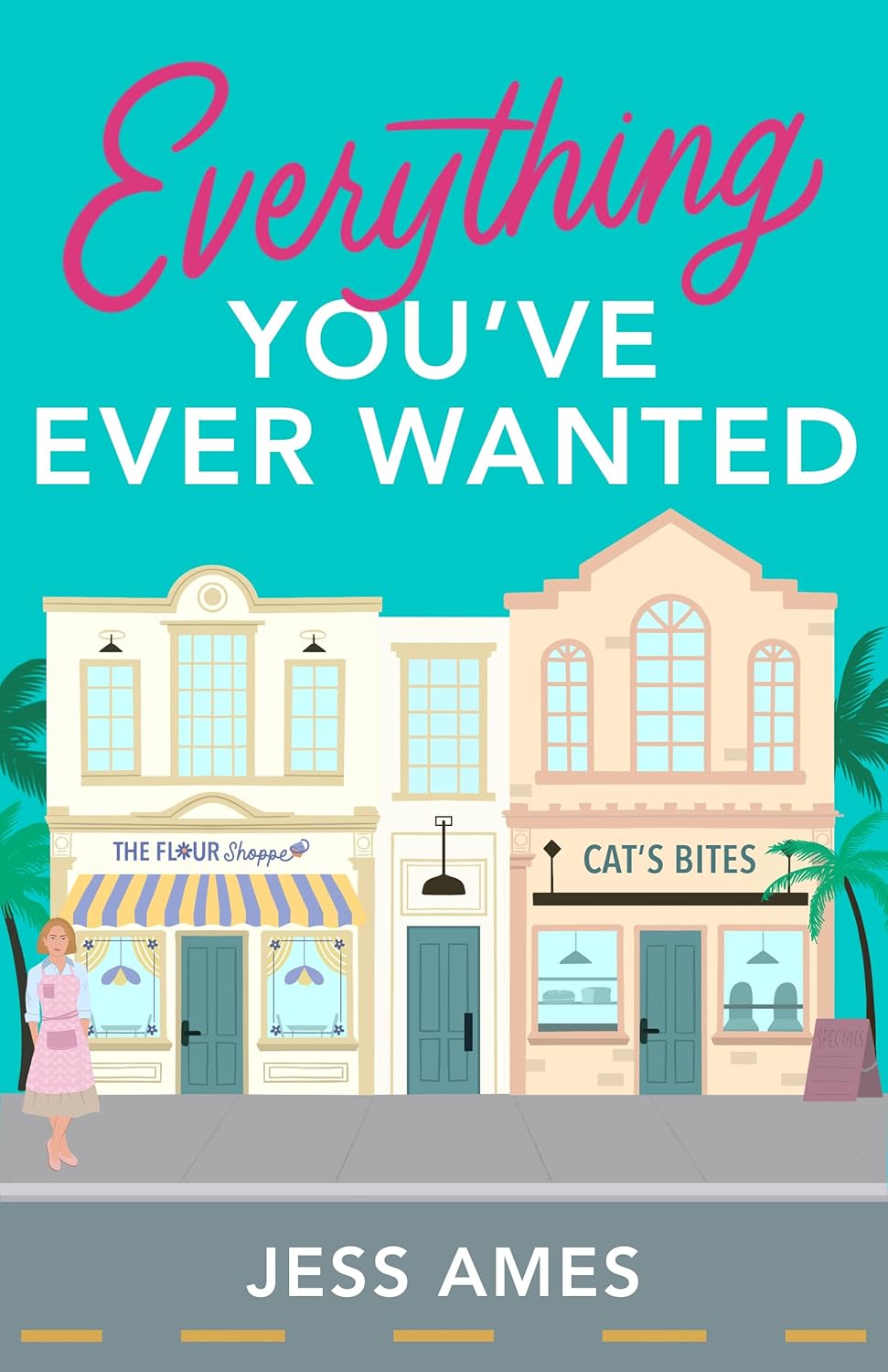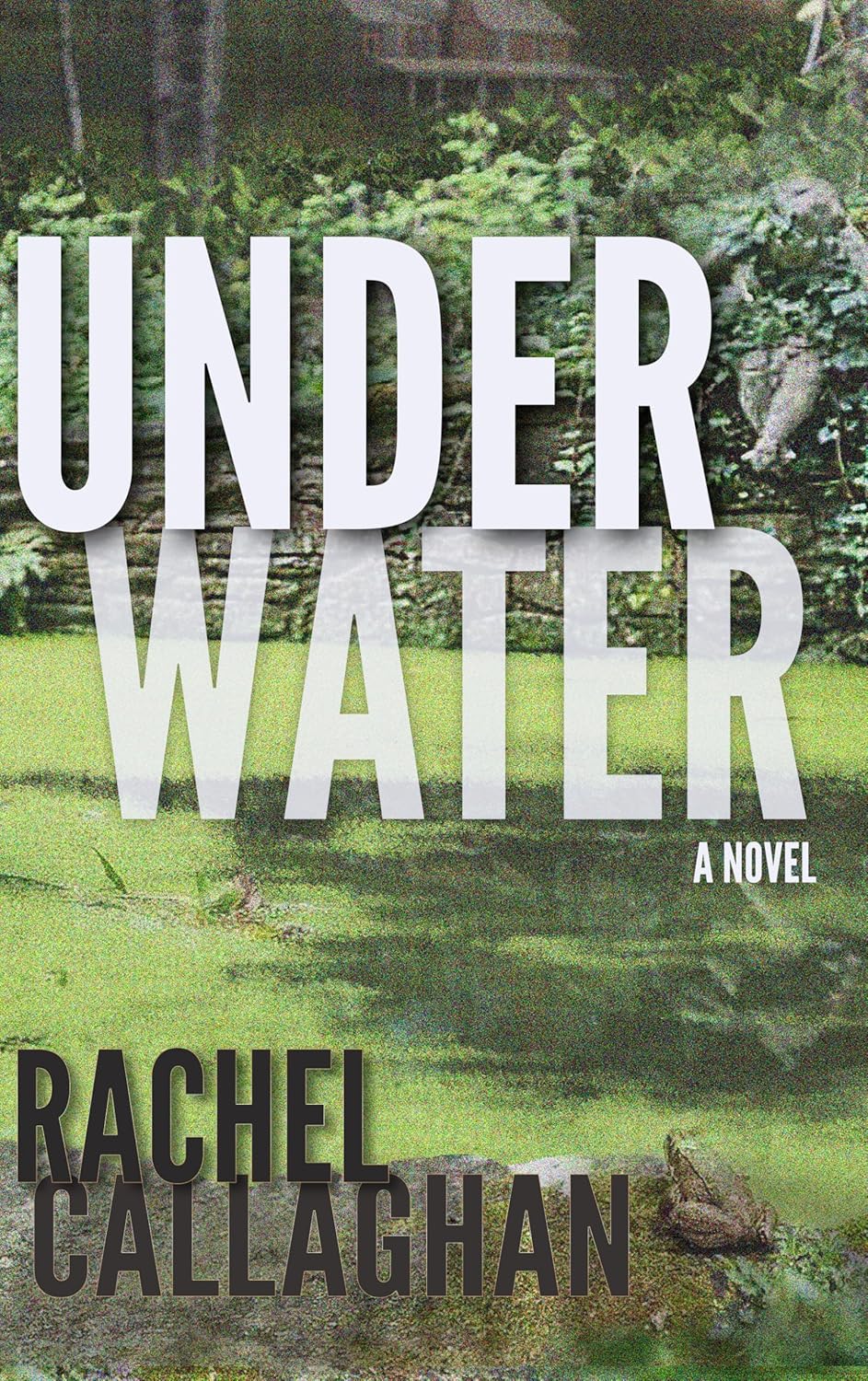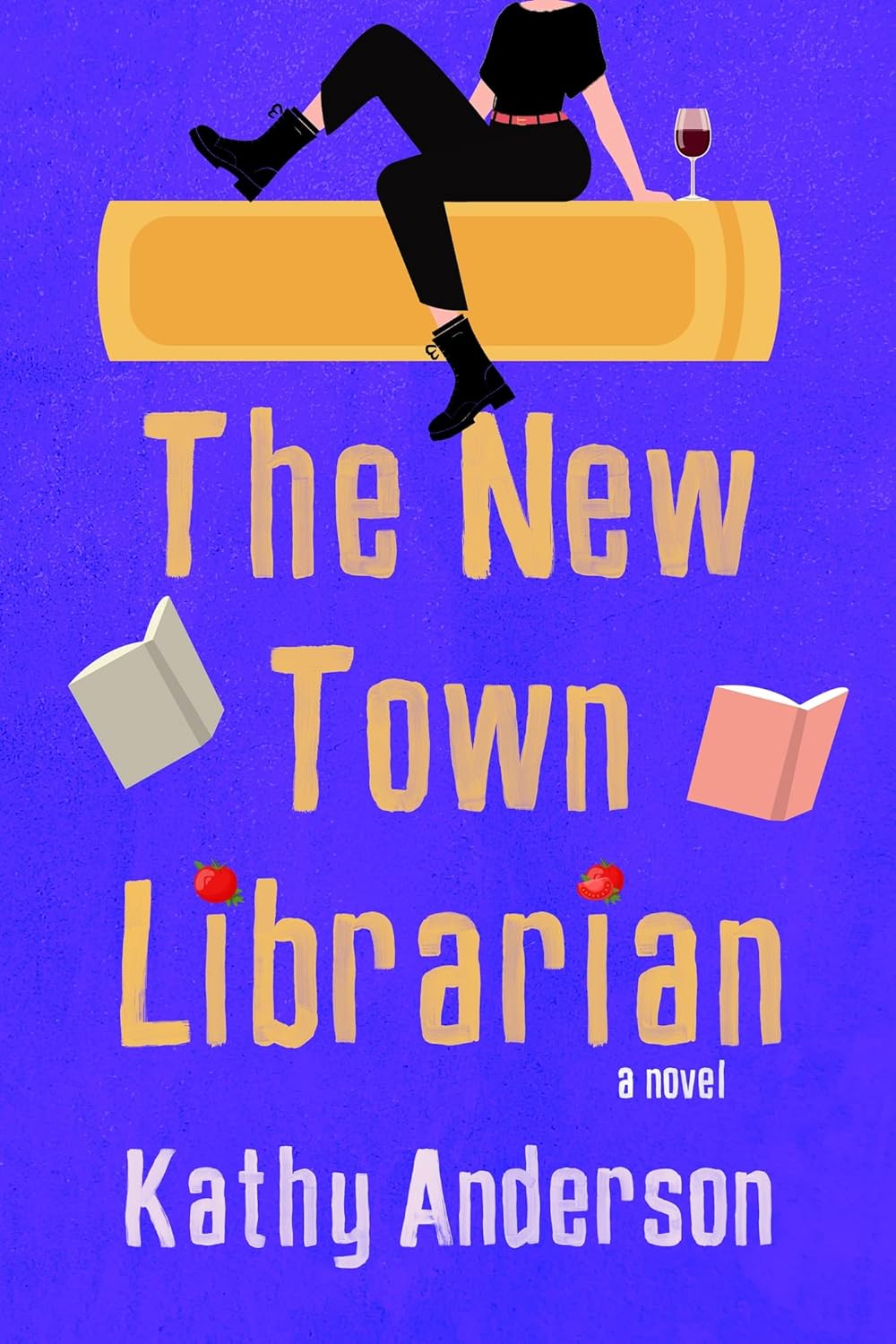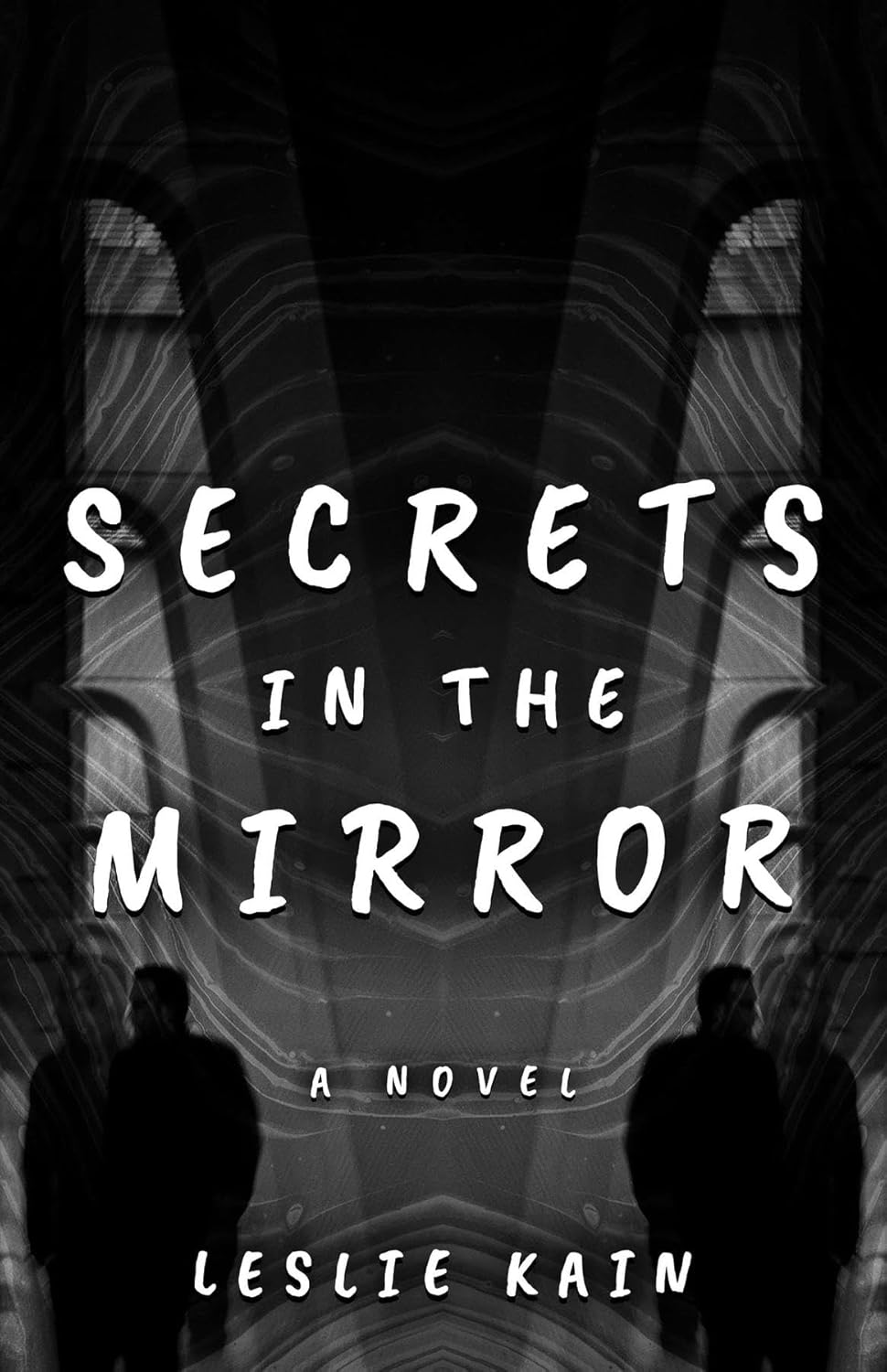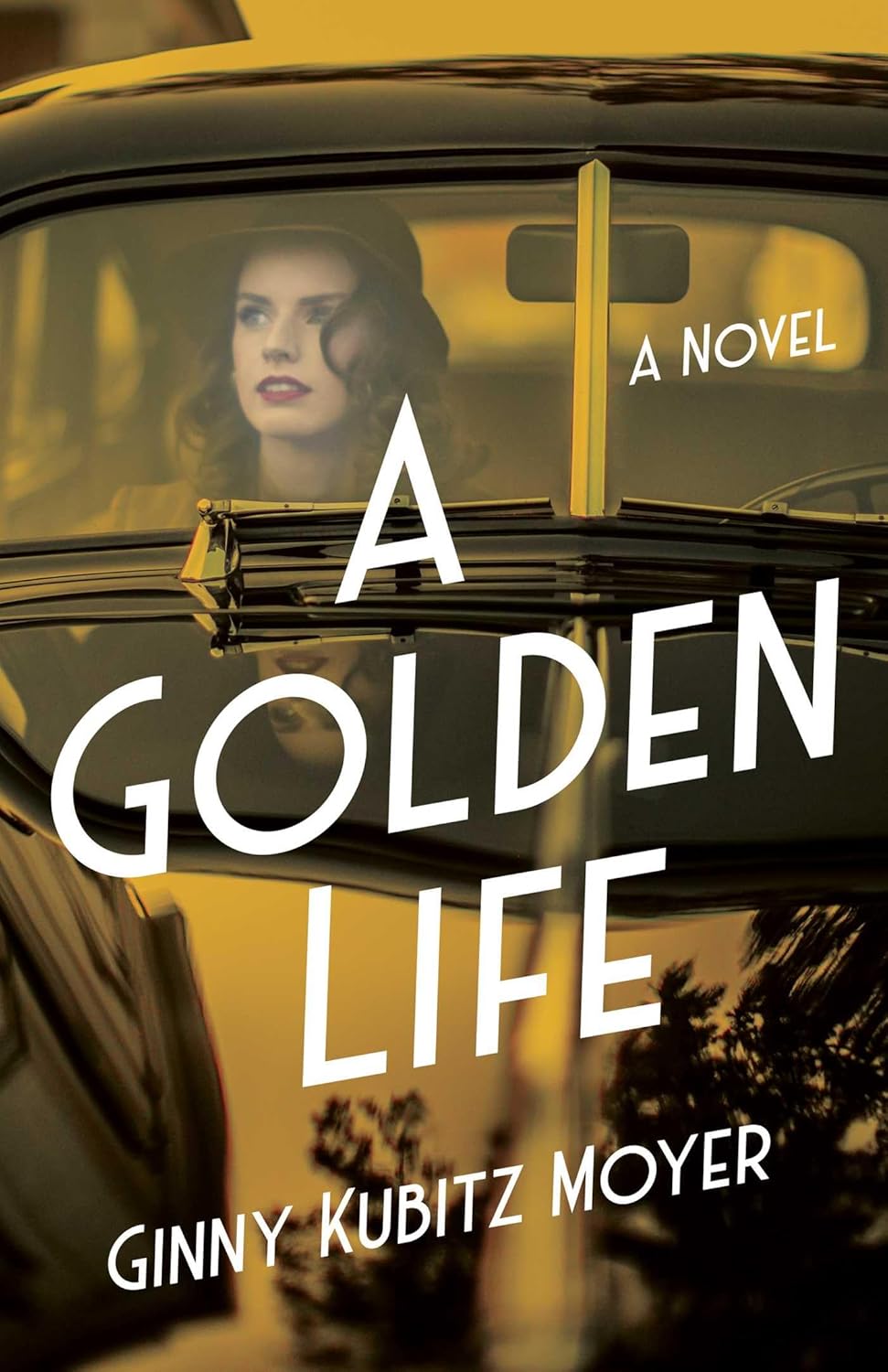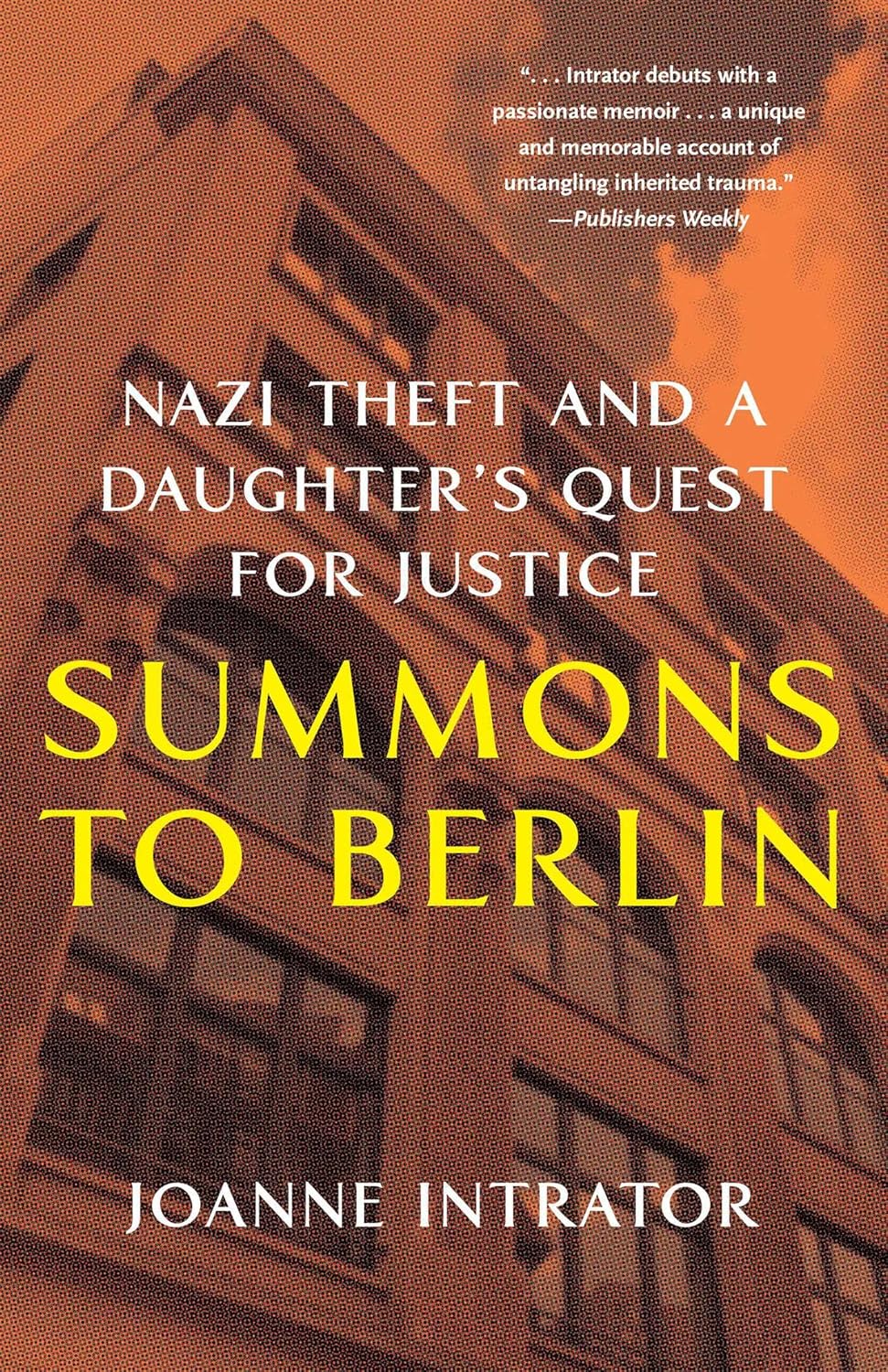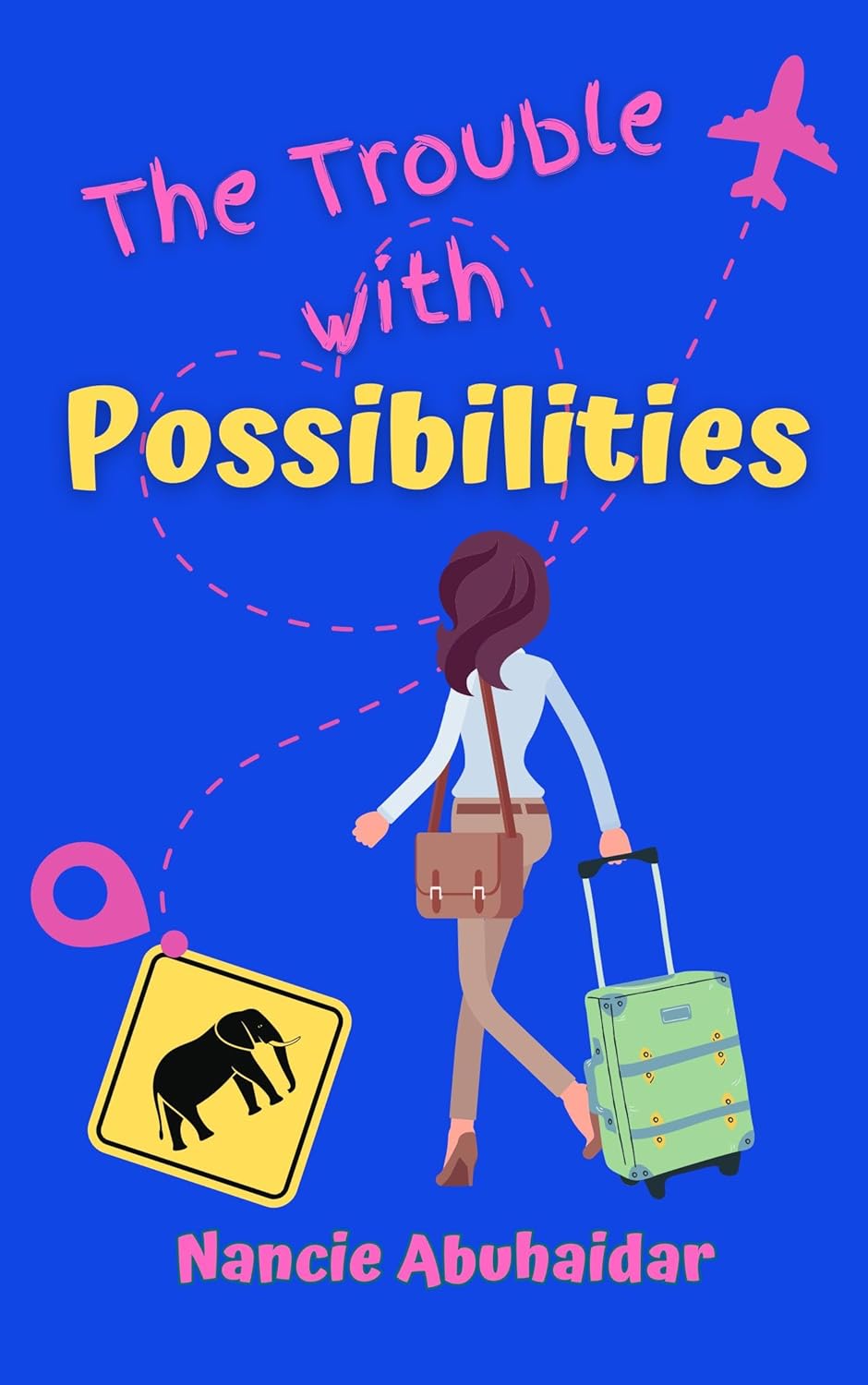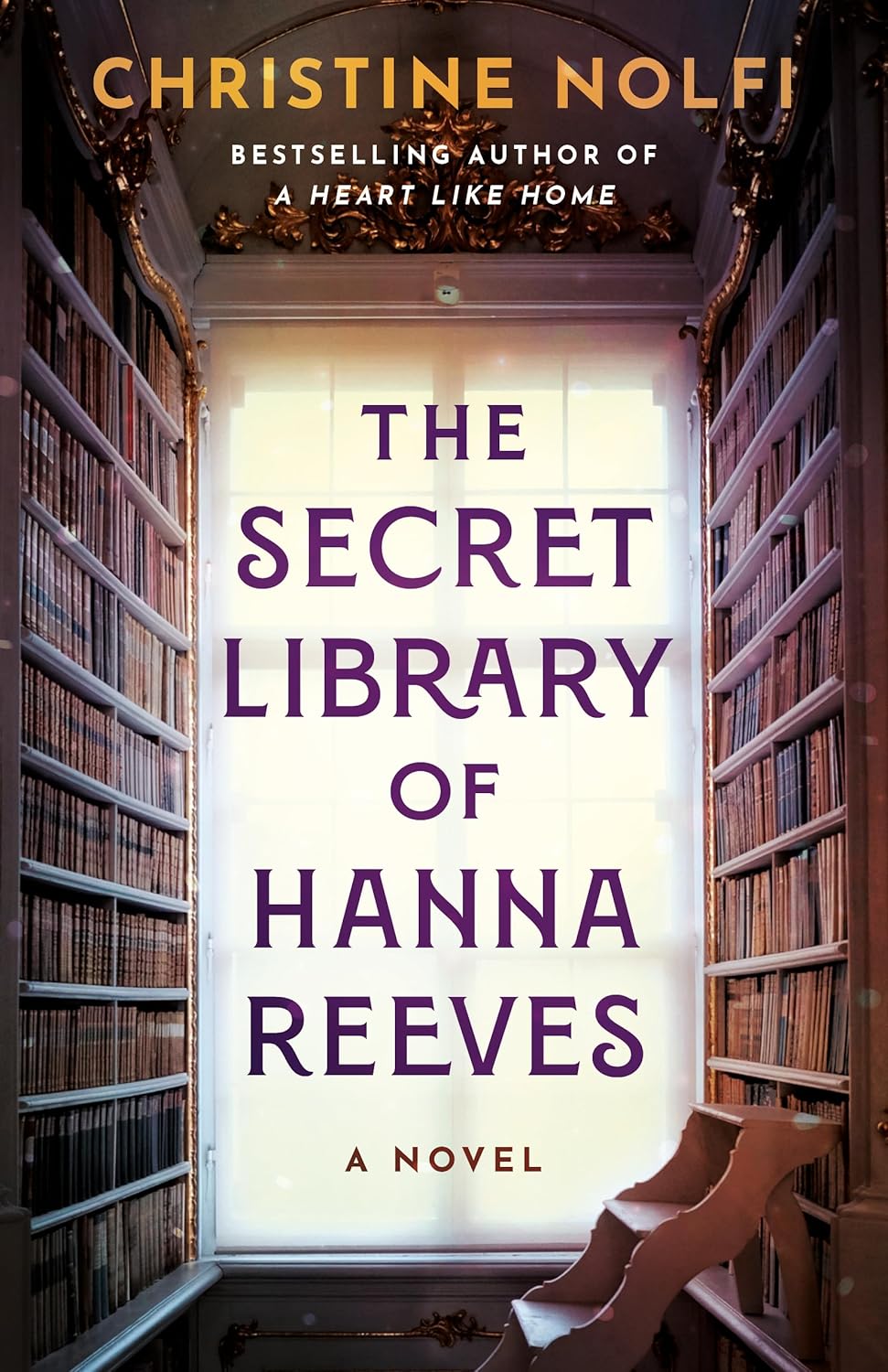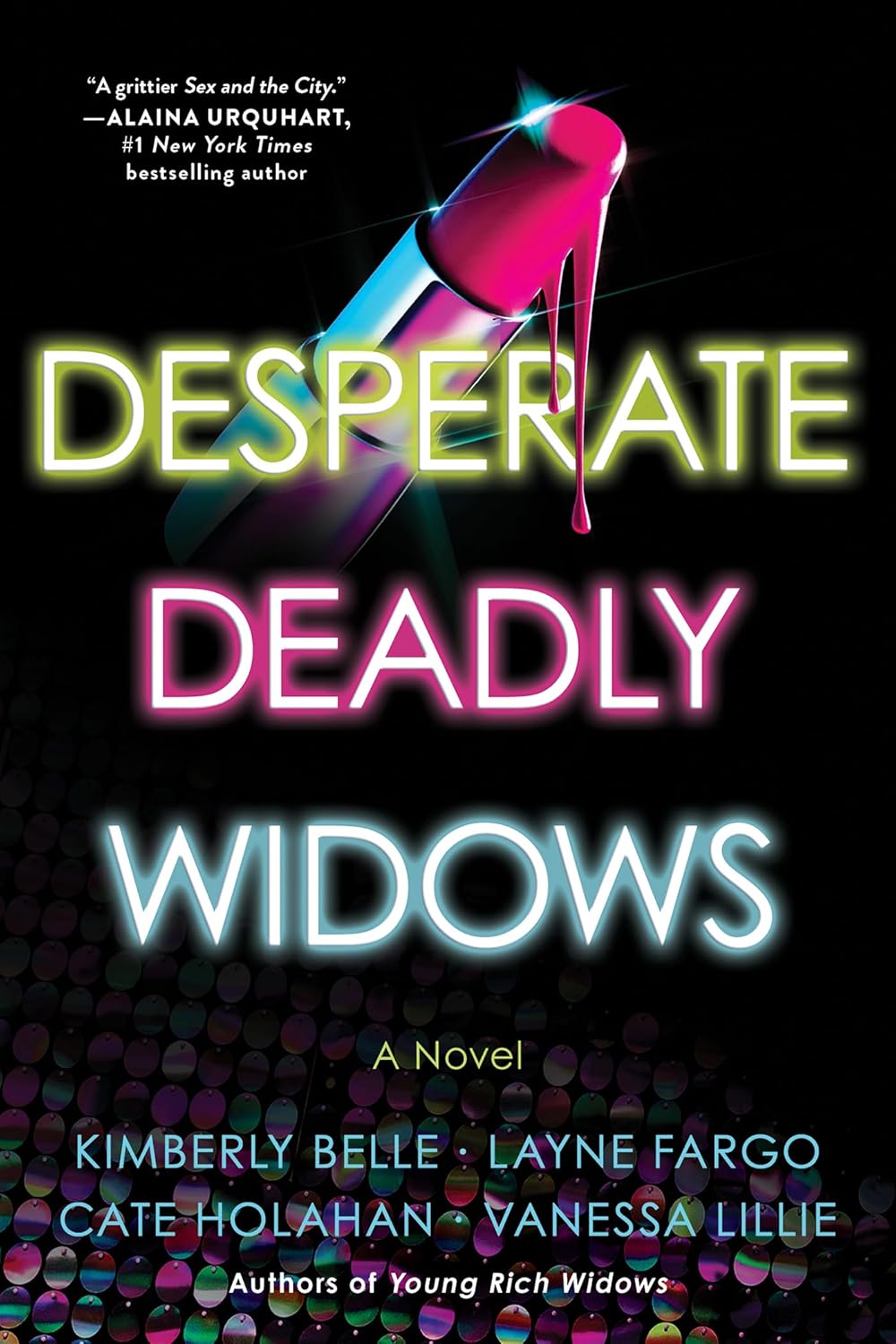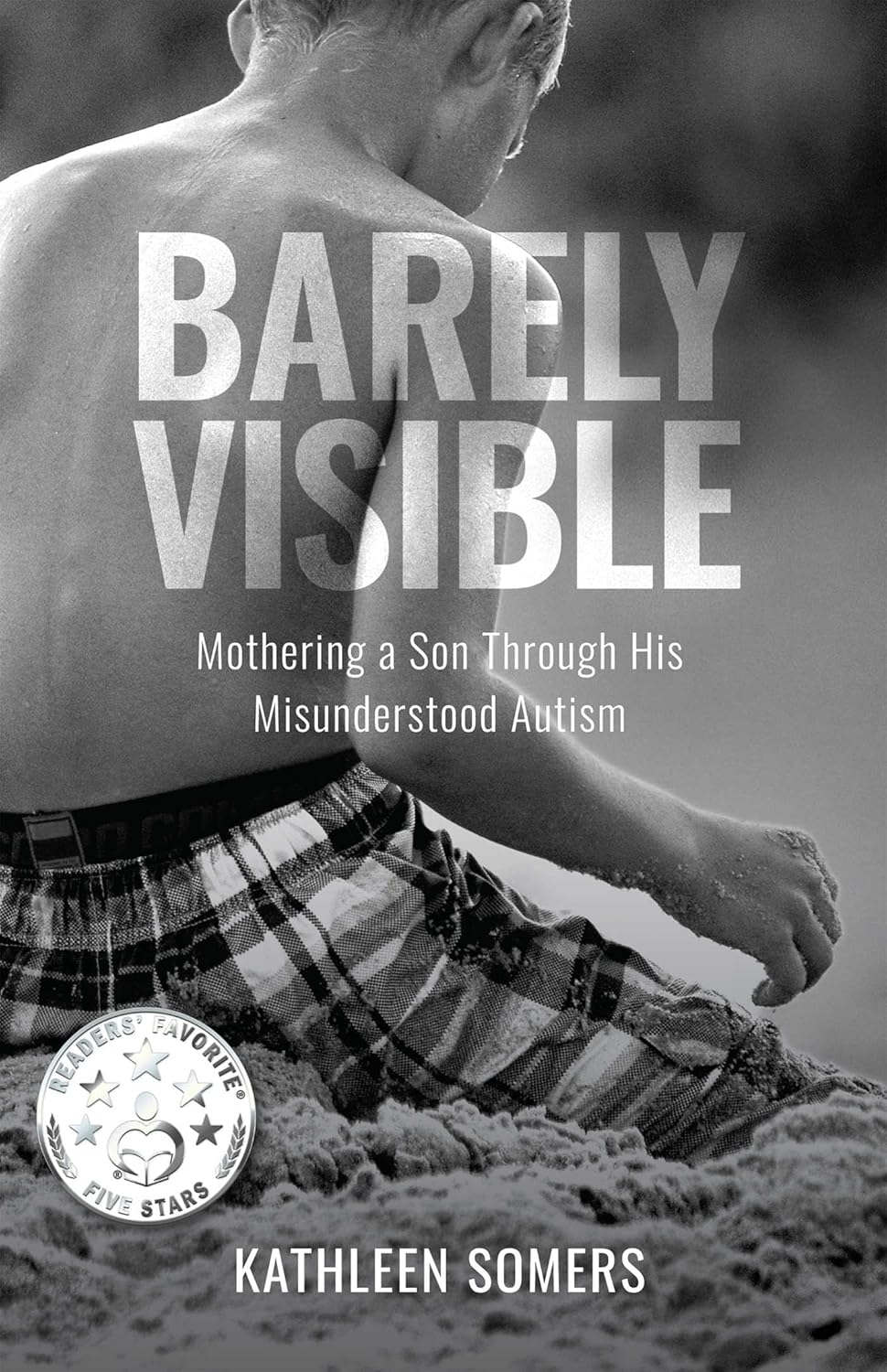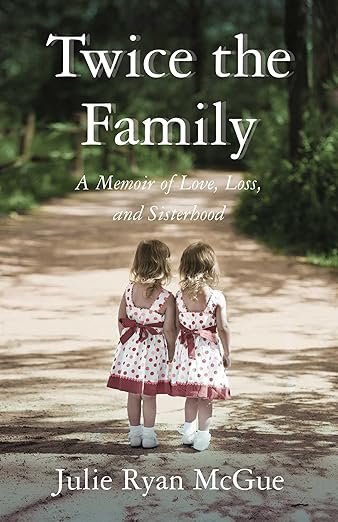ALL’S FAIR IN BOOKS AND BANTER
By Christina Hamlett
Who among us hasn’t scoped out bridal, craft, garden and home decor shows held at convention centers? The basic structure of a “meet, greet, browse, purchase” platform is the same model used by book fairs. Authors and readers, however, aren’t the only ones attending these events; publishers, agents, librarians, educators and vendors catering to the writing community are likely to be on the premises, too, and looking to forge networking opportunities of their own.
The question is: With so many writers assembled under one roof, how do you distinguish yourself and attract potential buyers—and future fans?
RESEARCHING THE RIGHT VENUE
The first step is to find a book fair which fits your title(s), target audience and any ancillary services you provide (i.e., consulting, workshops, etc.). Do your homework before you plop down a registration fee or waste a whole afternoon watching attendees pass you by.
Start local. Check with your city librarian, bookstores, and Chamber of Commerce events calendars. Do you belong to a chapter of published writers such as Sisters in Crime, Horror Writers Association or Novelists, Inc.? Consider organizing your own event and incorporate panel discussions with participating authors.
Looking to expand your visibility? The Combined Book Exhibit (https://www.combinedbook.com/) is a prestigious promotion and marketing resource which identifies squillions of book fairs worldwide. CBE subscribers receive a monthly newsletter, book fair event information, registration deadlines, fees, and the types of books the organizers are seeking.
AMONG THE CHOSEN
Not every book pitched to a book fair by you or your publisher will automatically result in an invitation to attend. It’s often a matter of first come/first served and finite space; specifically, only so many tables and booths to go around within a 1-3 day timeframe.
Sponsors typically look at whether a book is compatible with other titles in the line-up as well as whether it has won any awards, sold a million copies, been translated to other languages, etc. In addition, entry distinctions are made for traditionally published works, self-published titles, and electronic formats including audio books and CDs.
In advance of the event, ask the following questions:
How much display space will be available to you? While established authors are usually given their own table/booth, new kids are sometimes clumped together by genre.
Do you have a choice in selecting where you will be? If possible, pick a spot on the main aisle, not one within a horseshoe or tucked into a far corner. Browsers typically eschew commitment; if they have to go off the beaten path or into a hemmed-in space with only one exit, they’ll be wary to approach. While a spot near the entrance means you’ll be the first author anyone sees, it likewise carries the risk of (1) being mistaken for the visitor information booth or (2) attendees bustling right past to get to the heart of the fair.
Where should you park to unload your books?
How will cash/credit card transactions be handled?
Should you bring your own table coverings to make your space more festive? Are there easily accessible electrical outlets? Can you hang anything on the walls?
PROMOTION AND PROPS
Use social media to publicize your upcoming appearance. Encourage people to attend by offering discount coupons, freebies and special raffles. Invite friends and family to be your onsite shills. When people see a small crowd gathering, curiosity often compels them to amble over and make sure they’re not missing out on something.
Design eye-catching brochures, postcards, business cards, bookmarks and logo pens. No one wants to feel as if they’re being pressured to spend money on the spot. They want to mull. They want to visit websites. They want to comparison shop.
Book fair visitors approach booths with the same mindset as diners at a buffet. If your freebies are within easy reach and no one is policing what they take, they’ll feel comfortable taking a little smidge of everything. They must also feel comfortable not having to take anything if it doesn’t appeal to them. You wouldn’t, after all, go chasing after someone at a restaurant buffet and demand to know why they passed up a perfectly charming platter of diced beets.
Create a professional-looking banner or poster which conveys your genre at a glance. While authors often use artist easels for this purpose, it’s critical you don’t place them anywhere that people are going to trip over them. (Clattering sounds tend to frighten off buyers.)
Affix “Autographed Copy” seals to books you sell. It’s a classy touch.
Have plastic bags on hand to encourage multiple purchases.
SHOWTIME!
Arrive early. This allows time to set up properly and get acquainted with fellow attendees.
Bringing an assistant? Choose someone outgoing and enthusiastic who knows your book(s) as well as you do. If you’re off in the bathroom when prospective customers ask a question about your work, they shouldn’t be met with a blank stare, a shrug, or “I dunno. I’m just sitting here to make sure nobody steals stuff.”
Be engaging! Make eye contact, start a conversation, share anecdotes about your book(s)’ development. If practical, make an interactive demo part of your presentation. Seriously. Authors sitting behind stacks of books aren’t as exciting a draw as a booth where something fun is happening. Offer a free dance lesson, teach them how to make origami birds, do magic tricks, have your assistant read stories from a picture book for the younger set. Whatever the tie-in, a participatory or hands-on component speaks volumes about memorability.
FINAL NOTE
The worst thing to do at a book fair is try too hard to sell books. Your priority should be to sell yourself as the best qualified expert to write that book. If visitors warm to your personality and are entertained/enlightened/educated in even the most brief exchange, yours is the name they’ll remember…and yours are the books they’ll want to add to their shelves.
—
Former actress and director Christina Hamlett is an award-winning author whose credits to date include 52 books, 277 stage plays and squillions of articles. She is also a script consultant for stage and screen and a professional ghostwriter. www.authorhamlett.com.
—
A LITTLE BURGLARY IN BIBURY
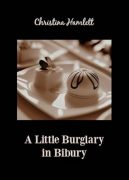 Love may be the frosting and the wedding cake its canvas but–in the hands of her best friend’s auntie–the centerpiece of Rocky and Jon’s elegant reception could be a confectionery disaster. Complicating the messy mix is a fatal break-in at a rival bakery, a slow-simmering jealousy and a nemesis in London out for just desserts.
Love may be the frosting and the wedding cake its canvas but–in the hands of her best friend’s auntie–the centerpiece of Rocky and Jon’s elegant reception could be a confectionery disaster. Complicating the messy mix is a fatal break-in at a rival bakery, a slow-simmering jealousy and a nemesis in London out for just desserts.
Eloping never sounded like a better idea.
A LITTLE BURGLARY IN BIBURY is the 6th book in Christina’s UK cozy mystery series and is available in paperback and digitally at Amazon and Barnes and Noble.
Category: Contemporary Women Writers




